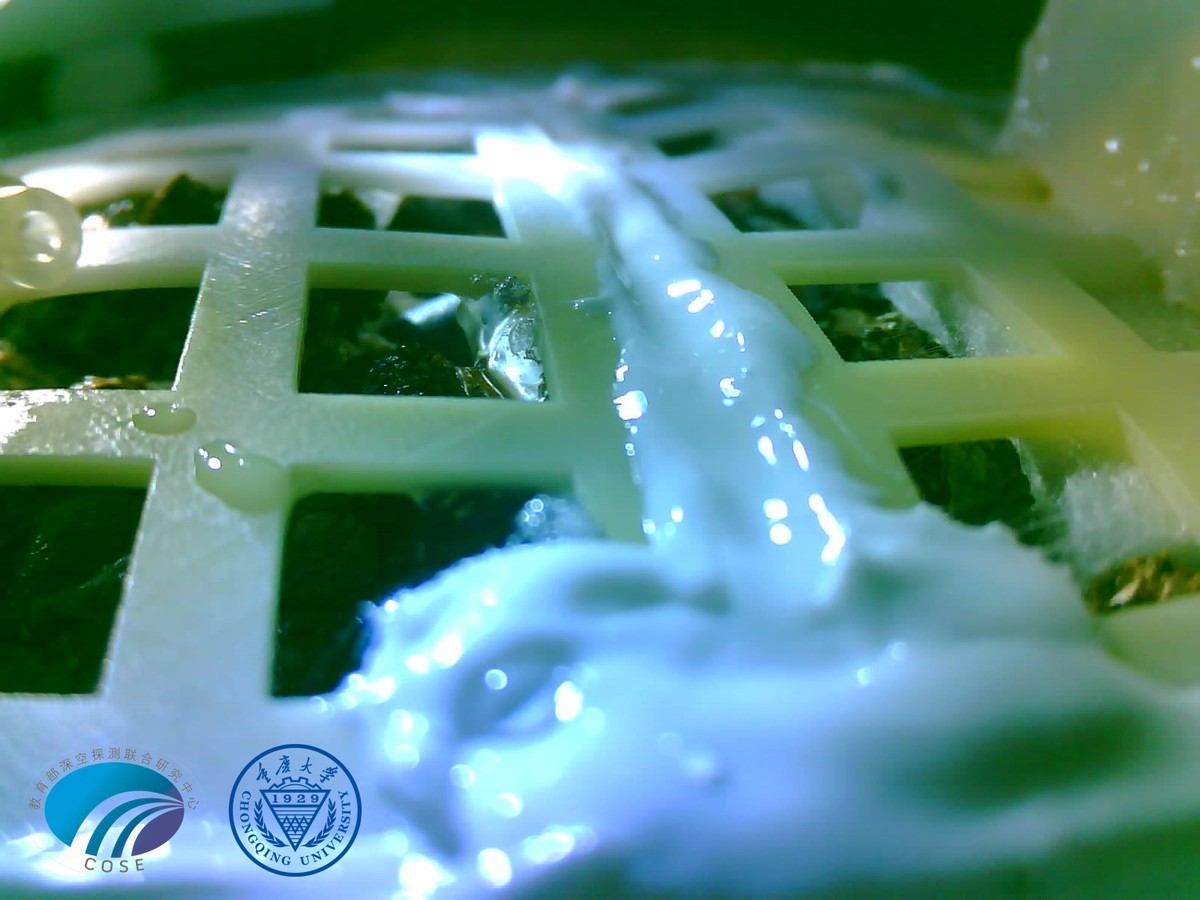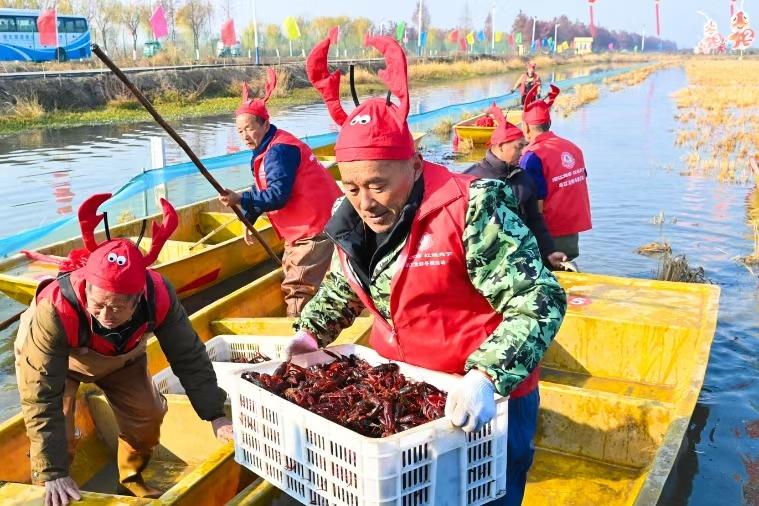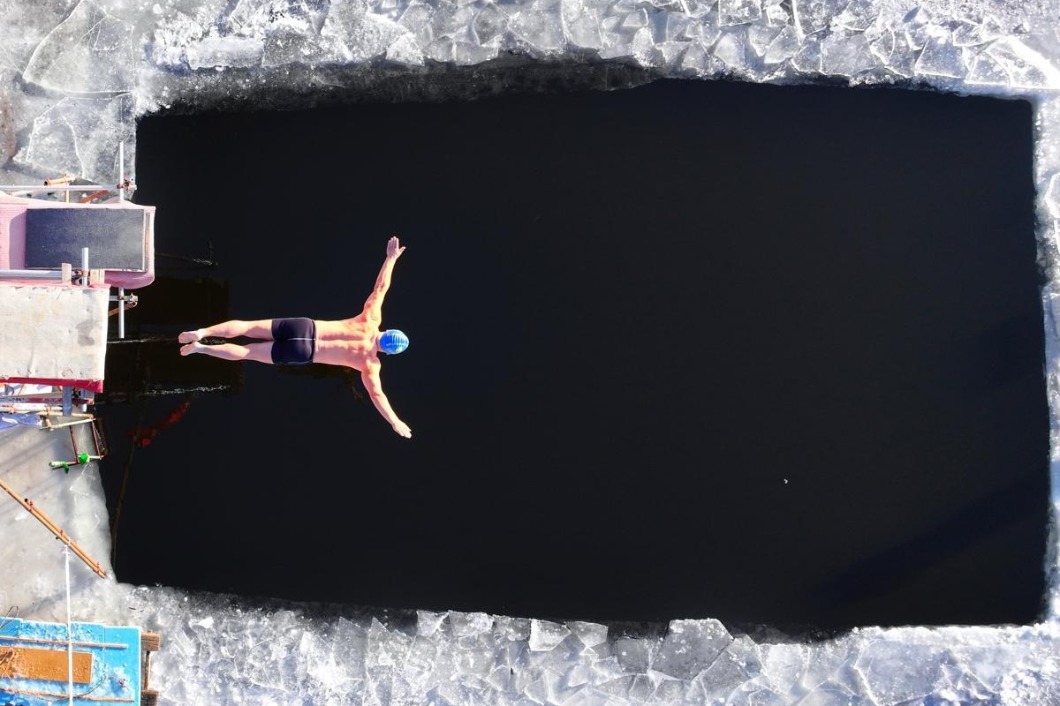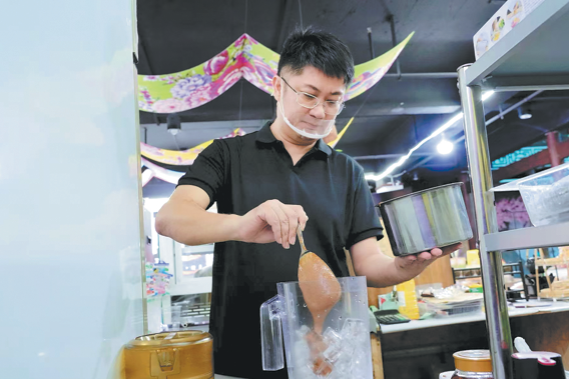China's plants sprout on moon's far side


Despite the high vacuum, huge temperature changes and strong radiation on the moon, China has developed the first plants on the planet, according to Chongqing University, which leads the bio-science test load project of China's Chang'e 4 Mission.
Chang'e 4 was launched atop a Long March 3B rocket in early December at the Xichang Satellite Launch Center in Sichuan province. It is the country's fourth lunar exploration and the world's first expedition to successfully land on the moon's far side, most of which never faces Earth.
The university announced on Tuesday morning at a news conference that at 8 pm on Jan 12, the bio test load sent back the last photo showing that the tender shoots have come out and the plants are growing well inside the sealed test can.
"It is the first time humans conducted a biological growth and cultivation experiment on the surface of the moon," said Liu Hanlong, director of the bio-test load project and deputy head of Chongqing University.
"It will provide valuable basic information and experience for building a moon base in the future."
There are six living things inside the sealed cans -- cotton, rape, potato, thale cress, yeast and fruit flies -- to form a simple micro ecosystem. The load weighs about 2.6 kilograms and the growth space measures about 1 liter.
The test started on Jan 3 and finished on Jan 12, lasting about 213 hours and taking over 170 pictures of the plants.
- Innovation sustains Beijing's winter crayfish palate
- Chinese research named among Physics World's top 10 breakthroughs of 2025
- Taiwan's ban of mainland social media app a case of political manipulation: spokesperson
- Five people face charges over deadly school fire in Henan
- Mainland to help Taiwan businesses seize development opportunities: spokeswoman
- China creates over 12 million new urban jobs in the first 11 months





































